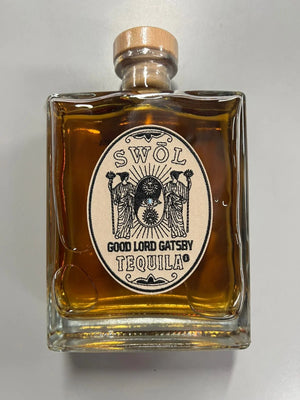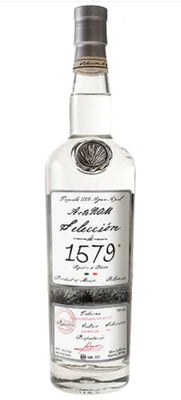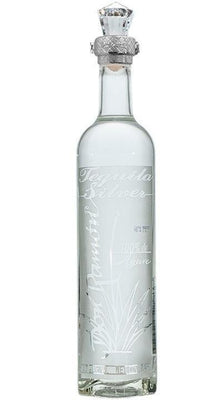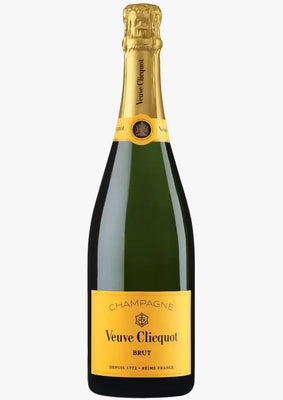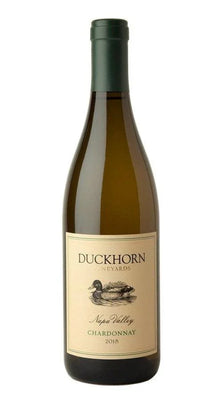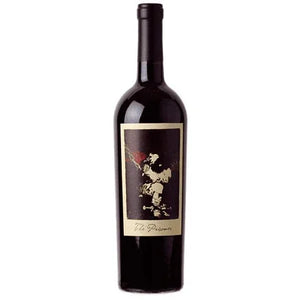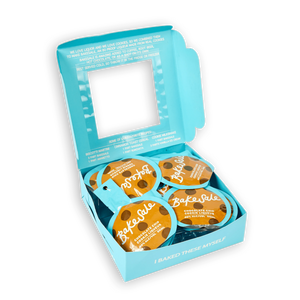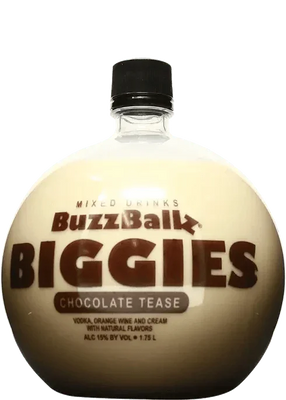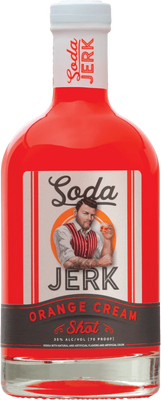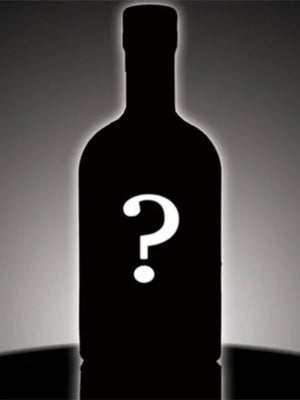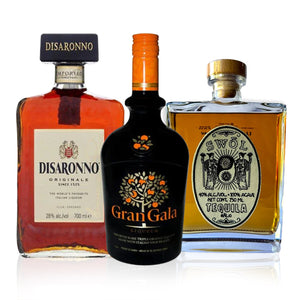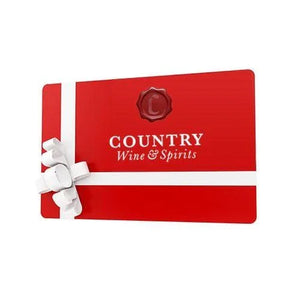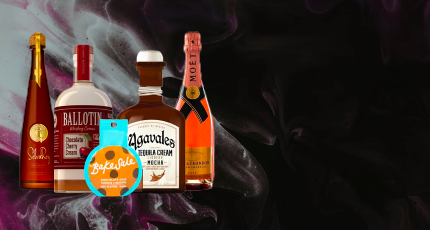Tasting wine professionally is more than sipping-it's an artful blend of observation, sensory awareness, and curiosity. Whether you're exploring your first vintage or refining your palate, mastering wine tasting opens up a deeper appreciation of every bottle.
1. Prepare Your Environment
Before you pour the first glass, set the stage:
-
Neutral lighting helps assess color accurately.
-
No strong scents-perfumes, candles, or cooking aromas interfere with your senses.
-
Use a clean, tulip-shaped wine glass for optimal swirl and aroma concentration.
2. Pour the Right Amount
A professional pour is about 1/4 to 1/3 full. This allows you to:
-
Swirl without spilling
-
Observe color nuances
-
Concentrate aromas at the glass rim
3. Assess by Sight
Hold your glass at a 45° angle against a white surface. Analyze:
-
Color hue & depth: Indicates grape variety, age, and style.
-
Clarity: A clear wine signals quality; haziness may indicate flaws.
-
Legs or tears: Wine that forms slow-moving streaks often suggests higher alcohol or sugar content, though it doesn't reflect quality.
Trend Tip (2025): New AI-driven wine tools like VinoLens use color analysis to estimate tannin levels-embrace tech if you're curious!
4. Swirl and Smell with Intention
Swirling oxygenates the wine, releasing aromatic compounds. Bring the glass to your nose and take a slow, deep sniff. Identify:
-
Primary aromas: Fruit, herbs, flowers (grape-derived)
-
Secondary: Butter, cream, yeast (from fermentation)
-
Tertiary: Leather, tobacco, earth (from aging)
Pro Tip: Pause between sniffs. Your olfactory system can become fatigued in seconds.
5. Sip Slowly-Taste in Layers
Take a small sip and let it coat your tongue. Evaluate:
-
Attack (first impression): Acidity, sweetness, alcohol warmth
-
Mid-palate: Fruit, spice, texture, tannins
-
Finish: Length, complexity, lingering sensations
Technique to Try (2025): The "reverse retro-nasal" technique-exhale gently through your nose after swallowing-can heighten flavor perception.
6. Analyze Balance and Structure
Professional tasters assess the balance of four elements:
-
Acidity: Gives brightness and life
-
Sweetness: Ranges from bone-dry to dessert-like
-
Tannins: Contribute texture, mostly in red wines
-
Alcohol: Impacts body and warmth
All components should harmonize, not overpower each other.
7. Cleanse and Compare
Taste different wines back-to-back to refine your perception. Use plain water and unsalted crackers between sips to reset your palate.
8. Take Notes Like a Sommelier
Use a tasting journal or app to track:
-
Appearance
-
Aromas
-
Flavors
-
Structure
-
Personal rating
Over time, you'll build a flavor memory bank that sharpens your tasting ability.
9. Explore Blind Tasting
Cover the label, taste without bias, and guess:
-
Grape varietal
-
Country or region
-
Vintage (approximate)
-
Winemaking style
This deepens your skillset and trains your intuition.
10. Trust Your Palate
Most importantly, your preferences matter. The pros may use descriptors like "forest floor" or "petrol," but if you love bright cherry or velvety chocolate notes-own that! With consistent practice, you'll become confident identifying what you love and why.
Bonus: Latest Tools & Tech for Wine Tasting (2025)
-
AR Wine Labels: Scan to learn pairing, tasting notes, and vineyard stories
-
Tasting Apps (e.g., Vivino AI+, Wine Ring): Personalized recommendations
-
Digital Nose Sensors: Devices like Aromalyzer now help train aroma memory
Final Thoughts
Tasting wine like a pro isn't about knowing all the right words-it's about slowing down, staying curious, and tuning into your senses. Whether you're hosting a dinner party, ordering online, or visiting a vineyard, these tips will elevate your wine experience in meaningful ways.
Let your glass be a gateway to connection, culture, and curiosity.
Editor's Note: This article was originally published in May 2017 and has been updated for comprehensiveness and the latest insights.


